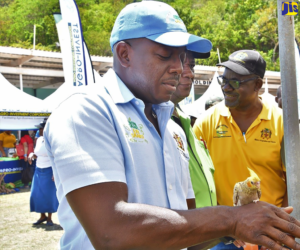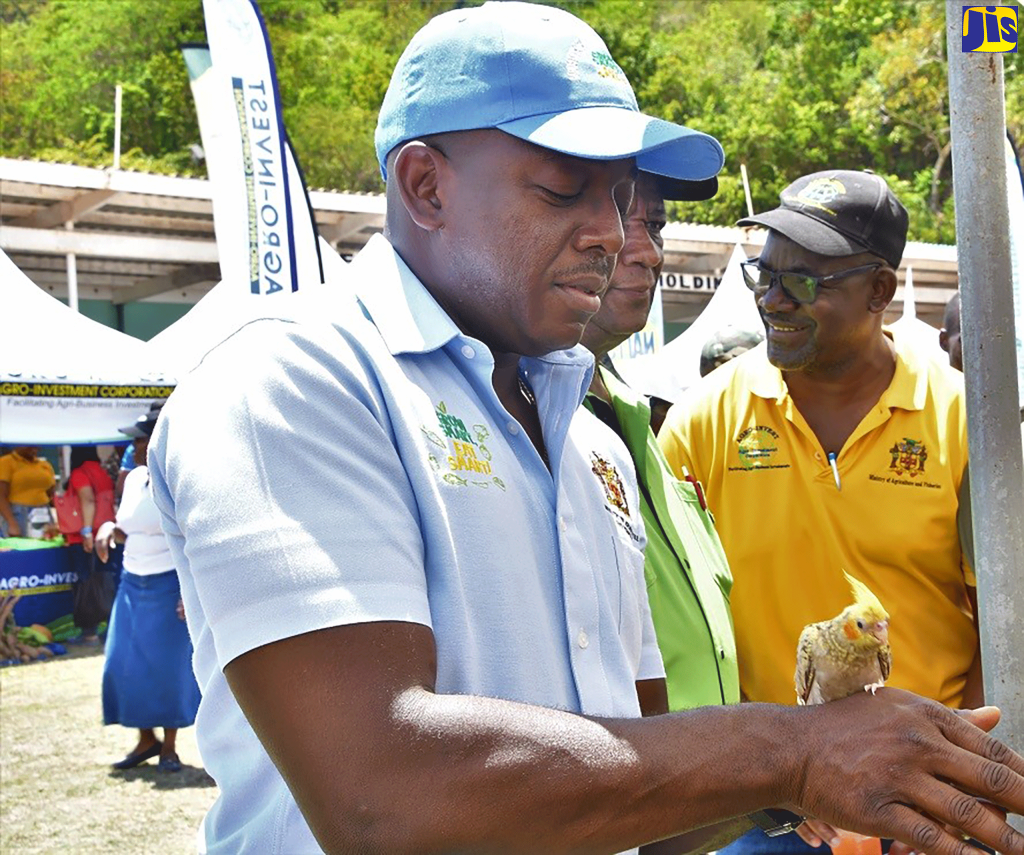
Farmers in St Ann are being encouraged to prepare to capitalise on the impending expansion of tourism in the parish.
With approximately 5,000 new hotel rooms to be added in the resort area over the next five to 10 years, Agriculture and Fisheries Minister, Pearnel Charles Jr, is urging the farmers to begin to boost production to supply the expected increase in demand for food.
“St Ann is a tourism mecca. St Ann is one of the areas where you have expansion in terms of hotels and everyone wants a piece of St Ann,” he said.
“As tourism expands it means there will be more need for our farmers to till the soil because when tourists come to Jamaica one of the most important things that they want is our food… the exquisite nature and spices and taste of Jamaica,” Charles Jr said.
He was speaking at the 9th annual staging of the St Ann Association of Branch Societies of the Jamaica Agricultural Society (JAS) Agricultural, Industrial and Food Show, held at the Port Rhoades Sports Complex in Discovery Bay on Friday.
The event was hosted in association with the Rural Agricultural Development Authority (RADA).
Charles Jr noted that with more than 37000 hectares of land dedicated to farming, which is the third largest in the island, St Ann is “bursting with opportunities.”
He pointed out that farmers in the parish are known for producing banana, cabbage, carrot, lettuce, Irish and sweet potato, but noted that there is opportunity to diversify production to increase earnings.
“There is nothing we can’t plant, and the Ministry is focused on developing other crops. In recent times we have focused on cassava, onion, strawberry, ginger. These are things that we are introducing…because this is an area that is blessed with rich, fertile soil,” he noted.
He said that the ministry recognises the need to strengthen assistance to farmers and “we are doing everything we can to ensure we give our farmers the technical and the other forms of support that they need to be successful.”
The agricultural show was held under the theme: ‘Ensuring Food Security Through Youth Engagement.’






